Cold weather brings out the best in Lake Wylie’s frying-pan favorites: crappie and white perch. Here’s how to pick up the filets for that fish fry.
Santa Claus didn’t plan to pay a personal visit to every crappie fisherman in North Carolina and South Carolina at Christmas, but they still got a really nice present: Lake Wylie.
The holiday season kicks off about 10 weeks of great fishing for slabs on the 13,433-acre Catawba River reservoir between Charlotte, N.C., and Rock Hill, S.C., and if there’s anybody out there saying “Ho! Ho! Ho!” it’s veteran fishing guide Jerry Neeley. He knows that by the time the stockings are hung and tinsel is on the tree, he’ll have crappie — and to a some extent, white perch — right where he wants them.
“They really start to show up about Christmas; they’ll be around the mouth of the big creeks, and they’ll stay around the first two points back in the creeks. They’ll stay put for the rest of December, January and February; those are the best three months,” said Neeley, who feels like he’s almost got a captive audience to present his live minnows and crappie jigs.
For whatever reason, when the water temperature drops into the low 50s and gets ready to head even lower, baitfish move to the mouths of bigger, deeper creeks up and down the lake. The bigger creeks — Big Allison, Crowders, South Fork — will hold the largest concentrations of shad, and the schooling predators like crappie and white perch know it and show up for the buffet line.
“You’ve got to find bait to catch fish,” Neeley said. “You’re wasting your time unless you can find bait. But when you find the bait and the fish, you can really work on ‘em.”
Look for deep, clean water
Neeley keeps a close eye on his electronics before he ever puts the first bait in the water. When fish begin ganging up in his favorite Christmas areas, he is looking for fish in deep water, in clean water, on the deep side of secondary points and humps along the creek channel.
“I like to fish water from 48 to 50 degrees, if I can find it; they’re a little more active,” he said. “More often, when you get to January, you’re looking for water that’s 44 to 46 degrees. That’s pretty much the way it is. Most all of the fish are going to be around 30 to 45 feet deep. They’ll usually be on the river side of a hump or point, and I’ll just keep going all around it.
You might catch a bonus white perch
“Sometimes it will be a mixed bag of white perch and crappie. Sometimes, you’ll go through an area and they’ll all be white perch or all crappie — or a mixture.”
While crappie are his main target, Neeley isn’t about to turn his nose up at white perch, a panfish with firm, white meat that is a match for crappie when it’s rolled in the House Autry and dropped in the hot grease. With a daily limit on crappie of 20 fish (and an 8-inch size minimum in North Carolina waters), white perch are a welcome addition to the catch if you’re looking to fill a cooler for a weekend fish fry for you and, say, several dozen good friends.
Unless he hits a warm or cloudy day, Neeley uses a technique known to crappie fishermen as tight-lining: fishing almost vertically beside the boat with a half-dozen or better rods. He ties a double dropper rig with a 1-ounce bell sinker at the bottom and either bare hooks on the two droppers or a hook on the top dropper and a hand-tied hair jig on the bottom dropper — sometimes tipped with a live minnow. Long, light-action spinning outfits are the norm.
Make adjustments until you get the crappie tuned in
“I want to fish vertically, so I want to use 6-pound monofilament. That’s my preference; you don’t break ‘em off, and the larger-diameter line you use, the more weight it takes to keep them straight down,” he said. “If they’re in 35 to 40 feet of water, I’ll drop about half of the baits to the bottom and crank them up about three turns, and the other half, I’ll keep at about 30 feet.
“If you get more bites on the bottom, put more baits on the bottom. And if you get more bites at 30 feet, put all of the baits up there. If they’re biting, you’ll catch more than you want to catch.”
Neeley uses his trolling motor to set up a boat speed of .5 to .6 miles per hour. He might go to .7, but if he’s in an area he knows fish are using and isn’t getting bit, he’ll slow down to .4.
“You’ve got to try different things,” he said. “If you’re getting bit on the jig, then I’ll tie them on more rods.”
If Neeley happens to catch an unseasonably warm day, or a mild, overcast day, he’ll junk the tight-line and slow-troll jigs behind the boat, because fish won’t be in the same tight schools they’re in on cold, blue-bird days and he’ll need to cover more water.
Keeping a log of past crappie trips is a big help
“I’ll flat-line troll about 1.1, 1.2 or 1.3 miles per hour, and I’ll go from the middle of the creek all the way to the back of the creek,” said Neeley, who suggest that anglers keep a complete log of their past trips to give them a starting point when they hit the water.
“I want it sunny and cold, because sometimes, when it’s cloudy, they’ll scattered; crappie are bad to scattered on a cloudy day. On a sunny day, they bunch up pretty good.”
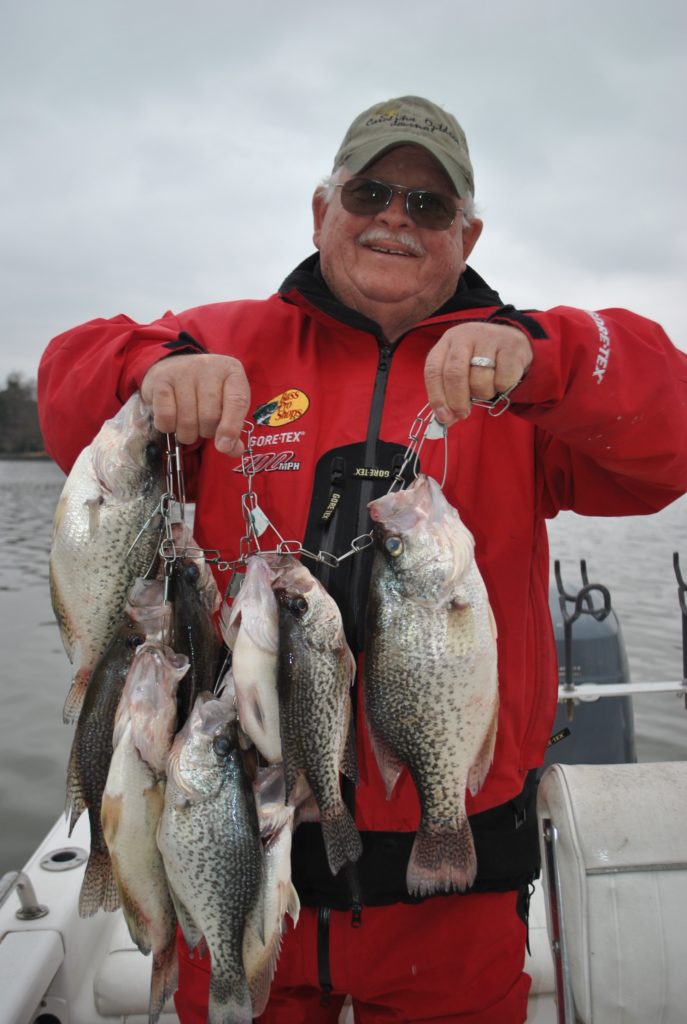
Neeley’s favorite winter creek is Big Allison on the lower end of the lake, but he recognizes that fish can get turned on in the South Fork because of the warm-water discharge from a Duke Energy power plant, but only when the company is setting up a current.
“In the winter, you can catch some up in the South Fork when they’re pulling water,” he said. “But they need to be pulling water. The baitfish will move up the creek, and the crappie and white perch will follow them.”
One thing for fishermen to remember is that North Carolina and South Carolina do not have a reciprocal license agreement on Wylie. To be able to fish the entire lake, fishermen need to carry licenses from both states.
DESTINATION INFORMATION
HOW TO GET THERE — Lake Wylie lies roughly between Charlotte, N.C. and Rock Hill, S.C.; I-77, I-85 and I-485 provide good access to the lake. The Buster Boyd Access Area on the west end of the NC 49 bridge is popular with anglers and offers a four-lane ramp and plenty of parking at the lake’s midpoint, close to food and fuel. Copperhead Access Area offers three ramps near the east side of the bridge. Closer to the dam, choose from public access sites in Big Allison and Nivens creeks and the Ebenezer access at the mouth of LIttle Allison Creek.
WHEN TO GO — Fishing for crappie and white perch picks up when the water temperature falls into the low 50s, typically in December. Baitfish and open-water predators will find an area they like around Christmas and stay in the general vicinity through February.
More information
BEST TECHNIQUES — Tight-line vertically in most cold-weather situations. Use a two-hook dropper rig anchored by a 1- to 1 1/2-inch bell sinker. The offering on the lower hook could be a jighead and soft-plastic or hair jig. A live minnow should adorn the top hook. On cloudy or warmer days when fish aren’t schooled as tightly, slow-trolling with lead jigheads and live minnows is the ticket. Look around the mouth of major creeks and fish around the first couple of secondary points from the mouth back in. Big Allison, Little Allison and Crowder creeks, plus the South Fork River are productive areas.
FISHING INFO/GUIDES — Jerry Neely, Jerry’s Fishing Guide Service, 704-678-1043, www.carolinasfishing.com. See also Guides and Charters in Classifieds.
ACCOMMODATIONS — Accommodations are plentiful in any direction from the lake. Visit www.charlottesgotalot.com; www.visitgaston.org; www.yorkcounty.gov/tourism.
MAPS — Fishing Hot Spots, 800-ALL-MAPS, www.fishinghotspots.com; Kingfisher Maps, 800-326-0257, www.kfmaps.com; Duke Energy, www.duke-energy.com/wylie.pdf.

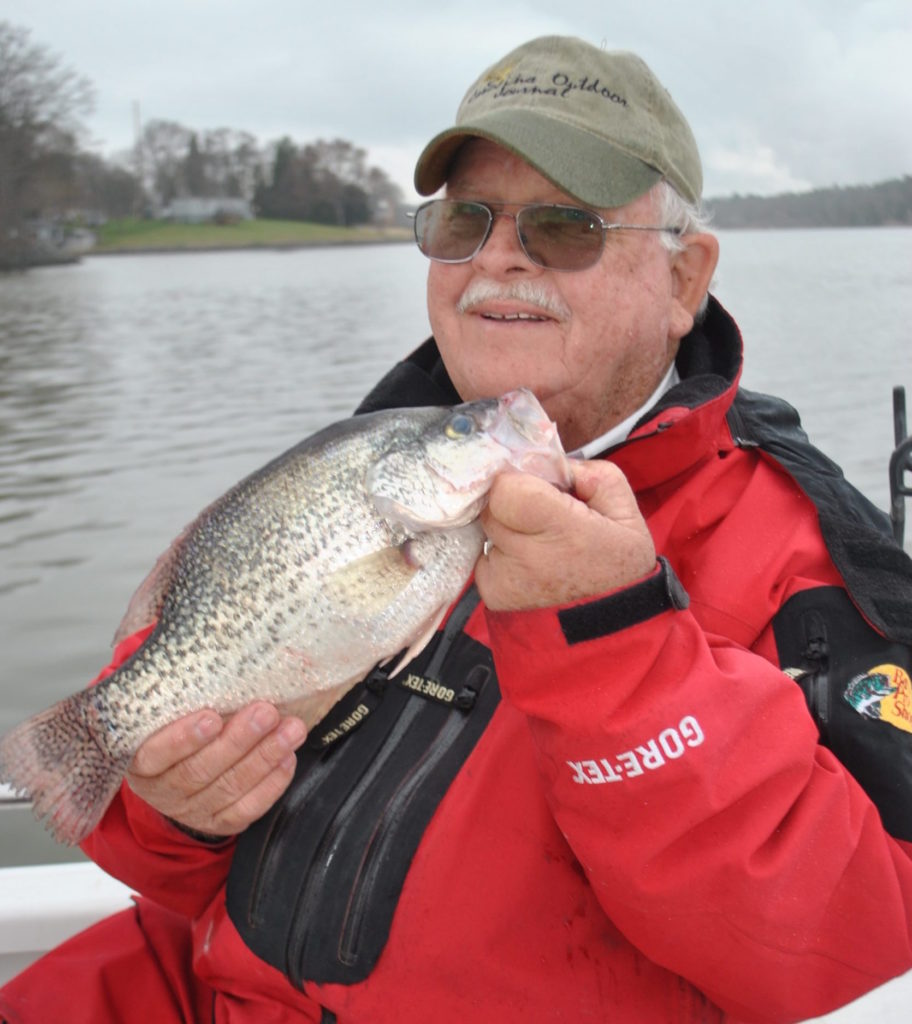
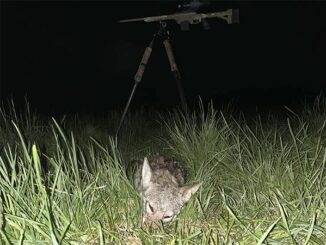
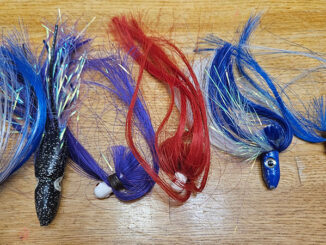
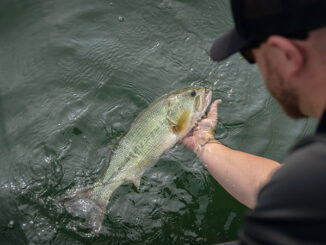

Be the first to comment